Non-Toxic Paints & Finishes for Children's Furniture: The Complete Safety Guide
Table Of Contents
- Understanding Paint Toxicity in Children's Furniture
- Health Risks Associated with Conventional Paints
- Best Non-Toxic Paint Options for Children's Furniture
- Natural Finishes and Sealants
- Application Tips for Safe Results
- Understanding Safety Certifications and Labels
- Recommended Non-Toxic Paint Brands
- Maintaining and Cleaning Painted Children's Furniture
- Choosing Pre-Finished Non-Toxic Children's Furniture
Creating a safe, healthy environment for your child begins with the furniture that surrounds them daily. While we often consider the sturdiness and design of children's furniture, the paints and finishes used can significantly impact indoor air quality and your child's wellbeing. Children are particularly vulnerable to chemical exposure due to their developing bodies, faster respiratory rates, and natural tendency to touch surfaces and put objects in their mouths.
Conventional paints and finishes often contain volatile organic compounds (VOCs), formaldehyde, phthalates, and other potentially harmful chemicals that can off-gas into your home for years. These chemicals have been linked to respiratory issues, allergies, and even developmental concerns in children. The good news? There's a growing market of non-toxic, child-safe alternatives that don't compromise on quality or aesthetic appeal.
In this comprehensive guide, we'll explore everything you need to know about non-toxic paints and finishes for children's furniture. From understanding what makes a product truly non-toxic to specific recommendations for different furniture types, we'll equip you with the knowledge to make informed decisions about creating a beautiful, safe space for your little ones. Whether you're refinishing a cherished heirloom piece, upcycling a marketplace find, or looking to purchase pre-finished children's furniture, this guide will help you navigate the sometimes confusing world of children's furniture finishes.
Understanding Paint Toxicity in Children's Furniture
When we talk about toxicity in paints and finishes, we're primarily concerned with several key components that can affect human health, especially for children whose developing systems are more vulnerable to environmental toxins.
The main culprits in conventional paints include volatile organic compounds (VOCs), which are chemicals that evaporate at room temperature and release gases into the air. These compounds not only create that distinctive "new paint smell" but can continue to off-gas for months or even years after application. Beyond VOCs, many paints contain additional concerning ingredients such as formaldehyde, phthalates, ammonia, acetone, and various biocides.
Children's furniture deserves special consideration because children have more direct and prolonged contact with these surfaces. They might chew on table edges, press their faces against headboards, or run their hands along painted surfaces before putting fingers in their mouths. Their smaller bodies and developing systems process these chemicals differently than adults, potentially leading to more significant health impacts from the same level of exposure.
The toxicity concern doesn't end once paint dries. While the strongest off-gassing occurs during and immediately after painting, conventional paints can release harmful compounds into the air for years, affecting indoor air quality throughout your child's developmental stages.
Health Risks Associated with Conventional Paints
The chemicals found in standard paints and finishes can pose several health risks to children, ranging from immediate reactions to potential long-term effects:
Respiratory Issues: VOCs and other chemicals can irritate the respiratory system, potentially triggering or exacerbating asthma, allergies, and other breathing difficulties. Children naturally breathe more rapidly than adults and inhale more air relative to their body weight, increasing their exposure to airborne chemicals.
Skin Irritation: Direct contact with certain paint chemicals can cause skin irritation, rashes, or allergic reactions in sensitive individuals. Children's skin is thinner and more permeable than adult skin, potentially allowing more chemicals to be absorbed.
Neurological Concerns: Some studies have suggested links between certain paint chemicals and neurological development. While research is ongoing, there's enough evidence to warrant caution, especially for developing children.
Endocrine Disruption: Several chemicals found in conventional paints, particularly phthalates, have been identified as potential endocrine disruptors, which can interfere with hormone function and potentially affect development.
Given these concerns, many parents and caregivers are increasingly choosing non-toxic alternatives for children's spaces, creating demand for safer paint options that don't compromise on performance or aesthetic appeal.
Best Non-Toxic Paint Options for Children's Furniture
When selecting paints for children's furniture, several non-toxic options offer beautiful results without concerning chemicals. Each type has its own benefits and ideal applications:
Zero-VOC and Low-VOC Paints
Zero-VOC and low-VOC paints have revolutionized the market, offering more environmentally friendly alternatives to conventional paints. These paints are formulated to contain minimal or no volatile organic compounds, significantly reducing harmful emissions during and after application.
It's important to note that "zero-VOC" typically refers to the base paint, and tinting can add small amounts of VOCs. However, these levels remain far below those in conventional paints. Most major paint manufacturers now offer zero-VOC lines, making these options widely available and competitively priced.
Zero-VOC paints perform excellently on children's furniture, providing durable finishes in a rainbow of color options. They typically dry quickly and clean up easily with water, making them practical for busy families. While they represent a significant improvement over conventional paints, it's still worth checking for other potentially concerning ingredients beyond VOCs, such as preservatives and fungicides.
Natural and Milk-Based Paints
Natural paints represent one of the oldest and safest painting traditions, with formulations based on ingredients like clay, chalk, plant oils, and natural pigments. These paints contain no petrochemicals and emit no toxic fumes, making them ideal for children's furniture.
Milk paint, a subset of natural paints, deserves special mention for children's furniture. Based on the protein casein found in milk, these paints have been used for centuries and create a distinctive, often slightly textured matte finish with a charming, vintage appeal. They're particularly beautiful on wooden furniture and can be sealed with natural waxes or oils for protection.
The benefits of natural paints extend beyond safety. They're biodegradable, creating minimal environmental impact throughout their lifecycle. They also allow surfaces to "breathe," which can help regulate humidity and prevent mold growth in humid environments. The main drawbacks include a more limited color palette (though still extensive), potentially higher cost, and sometimes requiring more preparation or special application techniques.
Water-Based Finishes
Water-based polyurethane and acrylic finishes offer excellent durability for children's furniture while containing fewer harmful chemicals than their solvent-based counterparts. These clear finishes protect the underlying material while allowing its natural beauty to show through, making them perfect for wooden furniture pieces.
Modern water-based finishes have improved dramatically in recent years. They now offer excellent scratch and water resistance, crucial for furniture that will face the daily challenges of children's use. They dry quickly, have minimal odor, and clean up easily with soap and water.
When selecting water-based finishes, look for options specifically marketed as non-toxic or child-safe. While they contain fewer harmful chemicals than solvent-based alternatives, formulations can vary. Some manufacturers have gone further to create water-based finishes specifically designed for children's furniture and toys, meeting stringent safety standards for items that might end up in little mouths.
Mineral-Based Paints
Mineral paints, including chalk paint and clay paint, have gained popularity for furniture projects due to their excellent adhesion, ease of use, and non-toxic formulations. These paints are based on minerals like calcium carbonate (for chalk paint) or various clay minerals, creating distinctive finishes with minimal environmental impact.
Chalk paint, in particular, has revolutionized furniture painting because it typically requires no priming or sanding before application. This makes it ideal for refreshing children's furniture with minimal preparation. It creates a velvety matte finish that can be distressed for vintage appeal or sealed for a more durable surface.
Clay paints offer excellent environmental credentials and create a soft, warm finish with subtle texture. They're particularly good at regulating humidity and are naturally resistant to mold and mildew, making them good choices for children's rooms in humid climates.
Both these mineral-based options typically require sealing for maximum durability on heavily-used furniture. Natural waxes or water-based topcoats can provide this protection while maintaining the non-toxic benefits of the base paint.
Natural Finishes and Sealants
Beyond paints, there are excellent natural options for sealing and finishing children's furniture, particularly wooden pieces where you might want to highlight the natural grain:
Plant-Based Oils and Waxes
Plant-based oils and waxes represent some of the safest finishes for children's furniture, particularly for wooden items. These natural products have been used for centuries to protect and beautify wood, and they continue to offer excellent results with minimal health concerns.
Common options include linseed oil, tung oil, walnut oil, and jojoba oil. These penetrating oils soak into the wood, hardening to create a durable, water-resistant finish that enhances the natural beauty of the grain. For additional protection, natural waxes like beeswax, carnauba wax, or food-grade mineral oil can be applied over oils or directly to wood.
The benefits of these natural finishes extend beyond safety. They're typically easy to apply, requiring simple tools like clean cloths rather than specialized equipment. They're also easy to maintain and repair—when a section becomes worn, you can simply clean the area and apply more oil or wax without needing to strip the entire piece.
For children's furniture, look for pure, food-grade oils and waxes without added drying agents or preservatives. Many manufacturers now offer specially formulated blends designed specifically for children's furniture and toys, providing peace of mind that the products are safe even if chewed on occasionally.
Shellac
Shellac is a natural resin secreted by the lac bug, harvested primarily in India and Thailand. Once processed into flakes and dissolved in alcohol, it creates a beautiful finish that's been used on fine furniture for centuries. What makes shellac particularly appropriate for children's furniture is its impressive safety profile—it's so non-toxic that a pharmaceutical-grade version is used to coat pills and as a food glaze on candies and fruits.
As a furniture finish, shellac creates a warm, amber glow that deepens the appearance of wood grain. It dries quickly and can be built up in multiple thin coats to create a durable surface with a gentle sheen. While not as water-resistant as some modern finishes, it offers sufficient protection for most children's furniture applications.
The main limitation of shellac is its sensitivity to heat and alcohol, which can damage the finish. For children's furniture that won't face these specific challenges, shellac offers a beautiful, traditional finish with excellent safety credentials.
Application Tips for Safe Results
Even when using non-toxic paints and finishes, proper application techniques help ensure the safest possible results:
Proper Ventilation: Always work in a well-ventilated area, even with low-VOC products. If possible, paint furniture outdoors or in a garage with doors open. If working indoors, open windows and use fans to circulate air.
Surface Preparation: Clean surfaces thoroughly before painting to remove dust, oils, and any potential contaminants. For older furniture, consider testing for lead paint before sanding or stripping, as disturbing lead paint can create significant hazards.
Thin Coats: Apply multiple thin coats rather than one thick coat. This approach not only creates a more durable finish but also allows each layer to cure properly, minimizing the potential for uncured chemicals.
Curing Time: Allow painted furniture to cure completely before use. While non-toxic paints may be dry to the touch within hours, full curing can take days or even weeks, during which time the paint continues to harden and potentially release minimal compounds. Follow manufacturer recommendations, but when in doubt, allow extra time, especially for items that will be in close contact with children.
Personal Protection: Even with non-toxic products, wearing gloves, eye protection, and appropriate clothing protects you during the application process and sets a good safety example if children are observing the project.
Understanding Safety Certifications and Labels
Navigating product claims can be challenging, as terms like "natural" and "eco-friendly" aren't strictly regulated. Instead, look for specific certifications and detailed ingredient disclosures:
Greenguard Certification: Products with Greenguard certification have been tested for low chemical emissions. Greenguard Gold, the higher standard, has even stricter limits and is specifically designed for products used in schools and healthcare facilities—making it ideal for children's furniture.
Green Seal: This independent organization certifies products that meet rigorous environmental standards, including paints and finishes with reduced environmental and health impacts.
Environmental Choice/EcoLogo: This certification indicates products with reduced environmental impact throughout their lifecycle.
EU Toy Safety Standard (EN 71-3): While primarily for toys, some paints and finishes meet this European standard, which limits migration of certain elements. Products meeting this standard are considered safe enough for children's toys, indicating they're suitable for furniture.
Beyond certifications, transparent manufacturers will provide comprehensive ingredient lists and safety data sheets upon request. When in doubt, choose companies that openly share information about their formulations and testing processes.
Recommended Non-Toxic Paint Brands
Several manufacturers have established reputations for producing high-quality, non-toxic paints and finishes suitable for children's furniture:
ECOS Paints: Specializes in zero-VOC, non-toxic paints and has lines specifically formulated for nurseries and children's rooms. Their paints are free from many concerning chemicals and carry several safety certifications.
Earthborn: Offers clay-based paints and eggshell finishes that are VOC-free and highly breathable, with several carrying the EU Ecolabel certification.
Old Fashioned Milk Paint: Produces traditional milk paint made from milk protein, lime, clay, and natural pigments. 100% biodegradable and contains no VOCs, lead, or chemical preservatives.
BioShield: Creates plant-based paints, stains, and waxes using ingredients like citrus peel extracts, essential oils, and natural minerals. Their products are designed for chemically sensitive individuals and children's environments.
AFM Safecoat: Developed specifically for chemically sensitive individuals, their products eliminate many problematic chemicals found in conventional paints and finishes while maintaining excellent performance.
When choosing between brands, consider both safety credentials and practical factors like local availability, color selection, and the specific requirements of your furniture project.
Maintaining and Cleaning Painted Children's Furniture
Proper maintenance of painted or finished children's furniture extends its life while preserving its non-toxic benefits:
Regular Dusting: Use a soft, slightly damp cloth to remove dust without scratching the finish. Microfiber cloths work particularly well for this purpose.
Gentle Cleaning: For deeper cleaning, use mild, non-toxic cleaners appropriate for the finish type. Often, warm water with a small amount of mild dish soap is sufficient. Avoid harsh chemical cleaners that might damage the finish or leave toxic residues.
Prompt Attention to Spills: Wipe up spills quickly to prevent them from penetrating or damaging the finish. Even water-resistant finishes can be compromised by prolonged exposure to liquids.
Touch-Up Strategies: Keep leftover paint or finish for touch-ups. For minor scuffs on painted surfaces, a clean pencil eraser can sometimes remove marks without damaging the paint. For more significant damage, clean the area thoroughly, allow it to dry completely, and apply a small amount of the original paint or finish.
Refreshing Natural Finishes: Oil and wax finishes may need occasional refreshing, especially in high-wear areas. Simply clean the surface and apply a thin new coat of the same product, following the wood grain.
Choosing Pre-Finished Non-Toxic Children's Furniture
If DIY finishing isn't your preference, many manufacturers now offer pre-finished children's furniture with non-toxic credentials. When shopping for these pieces, consider:
Material Transparency: Look for manufacturers who openly disclose the materials, paints, and finishes used in their products. Companies committed to child safety will readily share this information.
Safety Certifications: Quality children's furniture may carry certifications like GREENGUARD Gold, indicating low chemical emissions. Some may also meet standards like ASTM F963 (Standard Consumer Safety Specification for Toy Safety) even for furniture items.
Solid Wood Construction: Solid wood furniture generally presents fewer chemical concerns than pieces made from engineered wood products, which may contain formaldehyde-based adhesives. If choosing engineered wood, look for options certified as ultra-low-emitting formaldehyde (ULEF) or no-added formaldehyde (NAF).
At Loft Home Furniture, we offer a curated selection of children's furniture pieces that prioritize both safety and style. Our kids tables, chairs, bed frames, and storage solutions are carefully selected to meet rigorous safety standards while providing the durability and design excellence parents expect.
Whether you're furnishing a nursery, children's bedroom, or play area, choosing furniture with non-toxic finishes creates a healthier environment for your child's growth and development. The peace of mind that comes from knowing your child's surroundings support their wellbeing is truly invaluable.
Creating Safe, Beautiful Spaces for Children
Selecting non-toxic paints and finishes for your children's furniture represents an important investment in both their immediate health and long-term wellbeing. As we've explored throughout this guide, the chemicals in conventional paints and finishes can pose various health risks to developing bodies, making the choice of safer alternatives particularly significant for children's spaces.
Fortunately, today's market offers numerous high-quality, non-toxic options that don't compromise on appearance, durability, or application ease. From zero-VOC conventional paints to traditional natural finishes like milk paint and plant oils, these alternatives can create beautiful, personalized furniture pieces that contribute to a healthier indoor environment.
When approaching children's furniture projects, remember that safety extends beyond just product selection to proper application, adequate curing time, and appropriate maintenance. By taking a holistic approach to furniture finishing, you create pieces that are not only visually appealing but truly child-friendly in the deepest sense.
Whether you're refinishing a family heirloom, upcycling a secondhand find, or purchasing new pre-finished pieces, prioritizing non-toxic materials creates a nurturing environment where children can play, learn, and grow without unnecessary chemical exposure. The extra care taken in selecting safer finishes is an expression of love that benefits your child's health while creating beautiful spaces for childhood memories to unfold.
Discover Loft Home's Children's Furniture Collection
Looking for beautifully designed, safe children's furniture without the DIY work? Explore Loft Home's children's furniture collection, featuring carefully selected pieces that combine safety, durability, and sophisticated design. From playful bedroom setups to functional study spaces, we offer premium children's furniture at accessible prices.
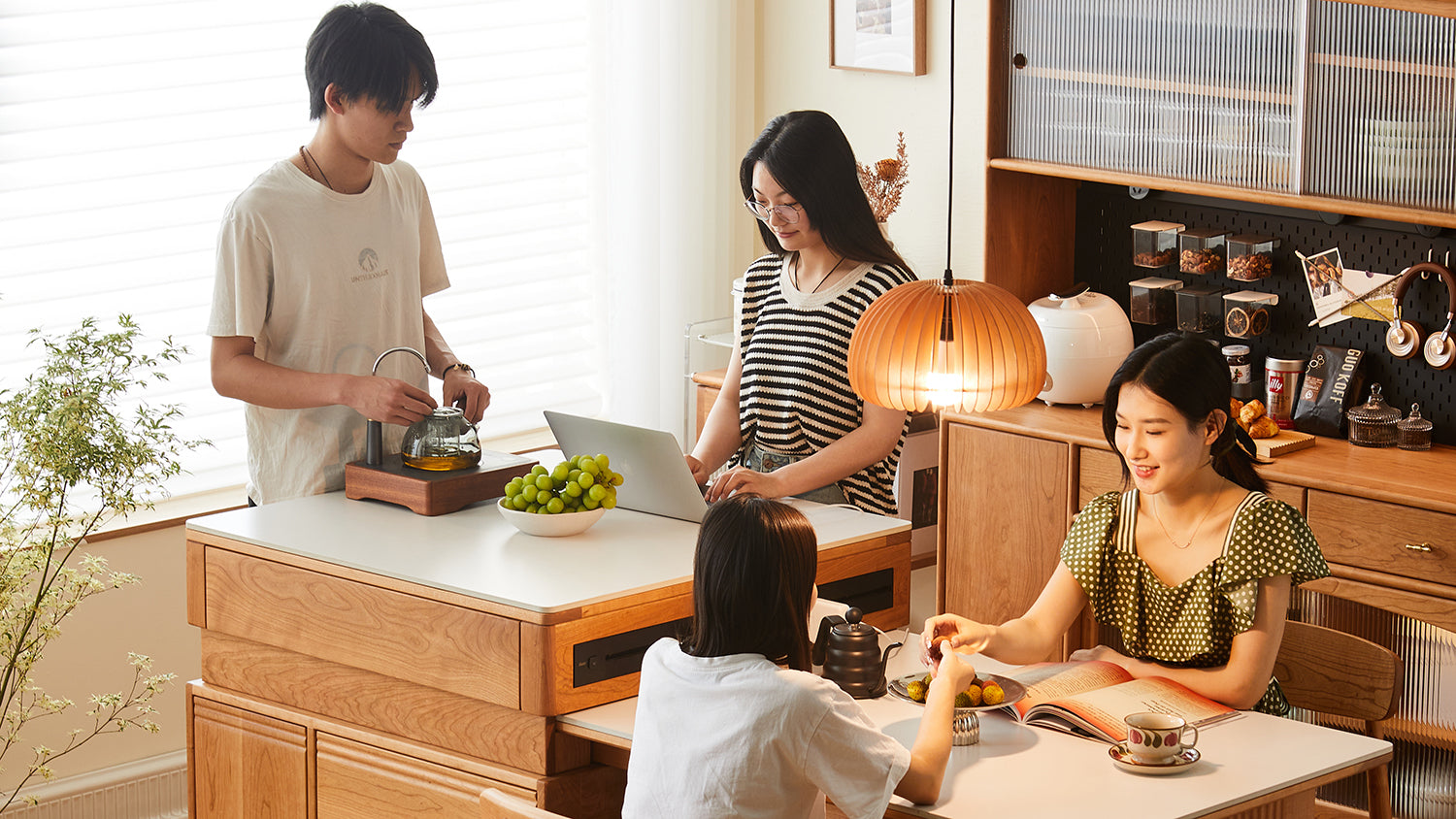

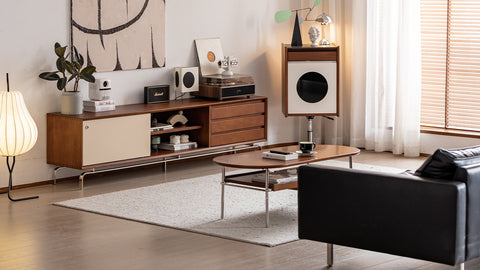

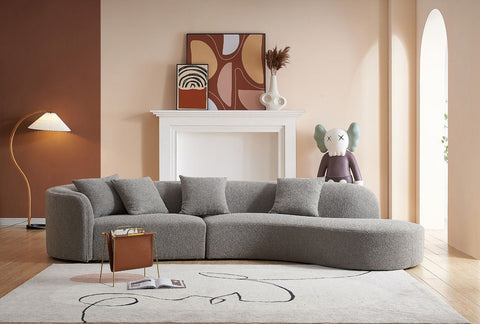
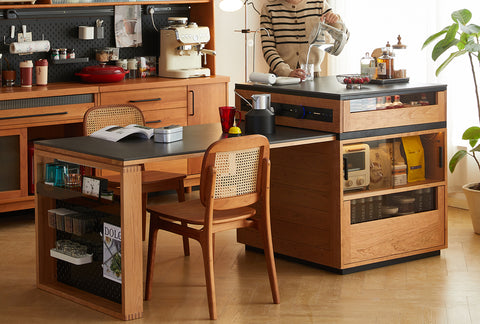
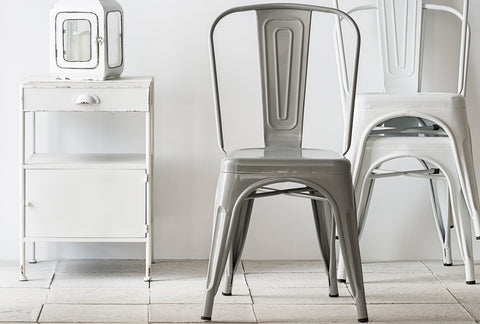
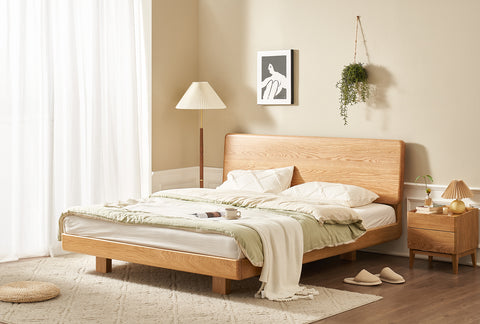
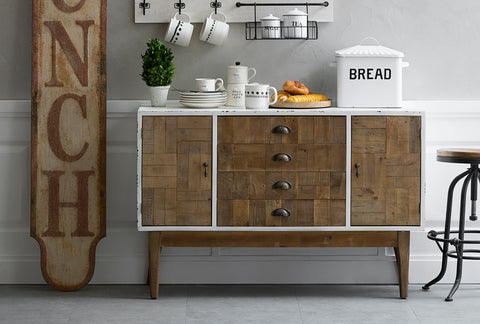




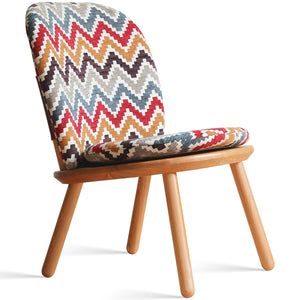
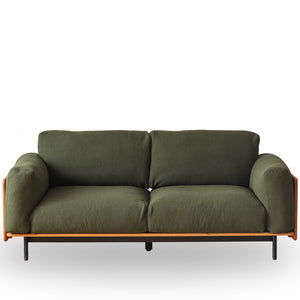
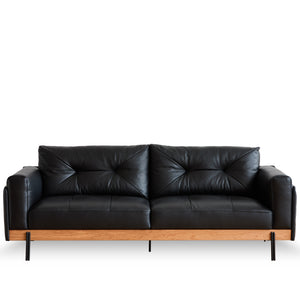
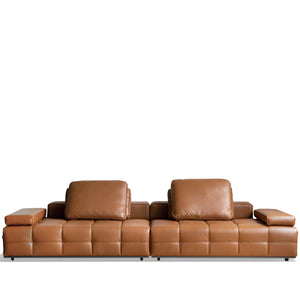
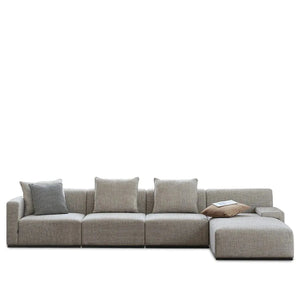
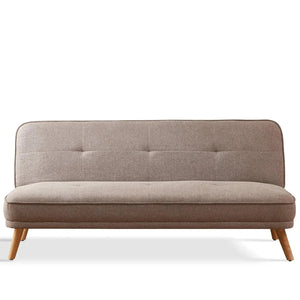
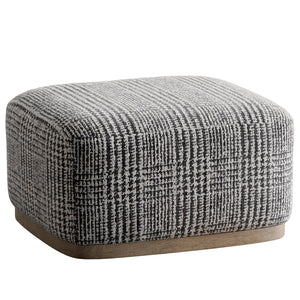

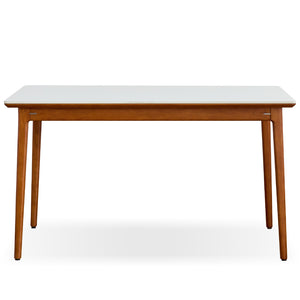
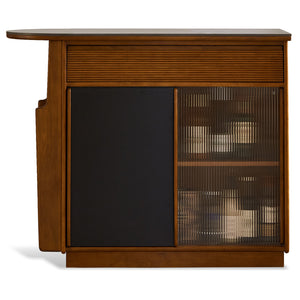
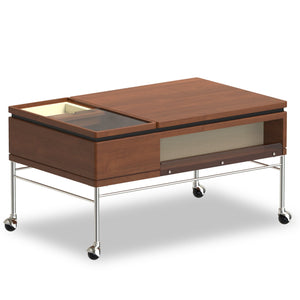
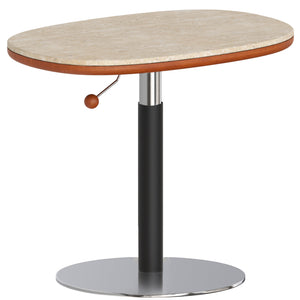
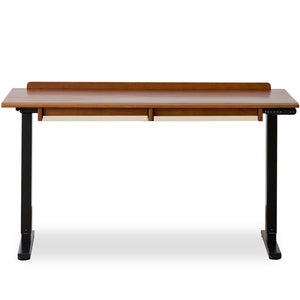
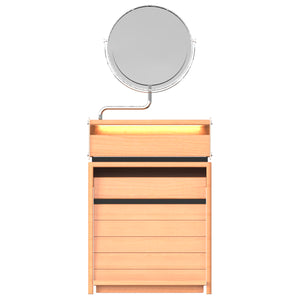

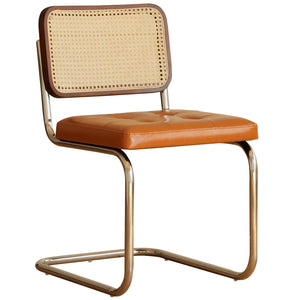
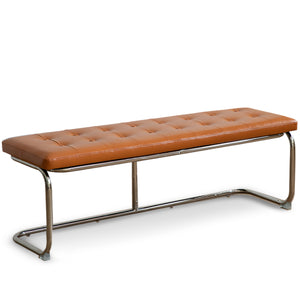
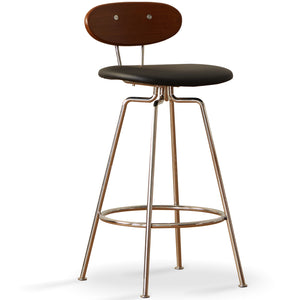

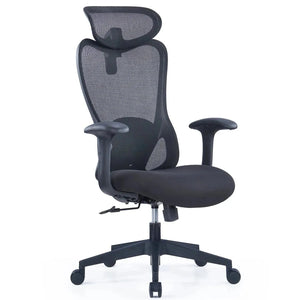

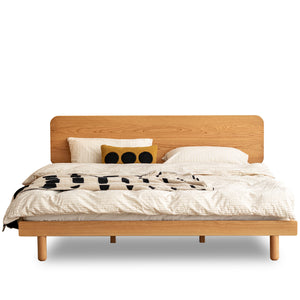
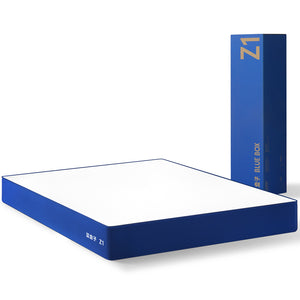

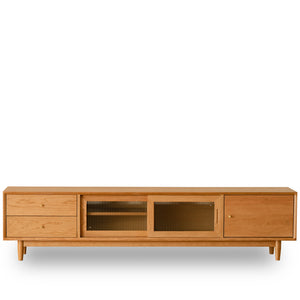
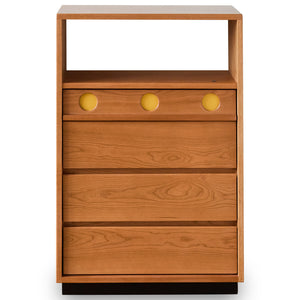
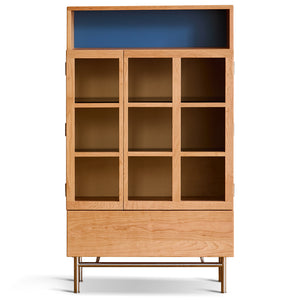
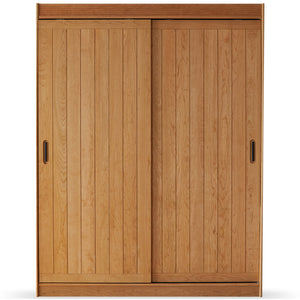
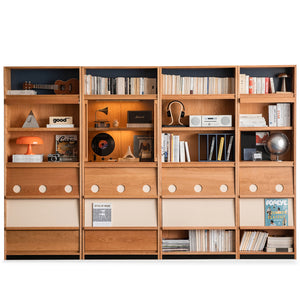

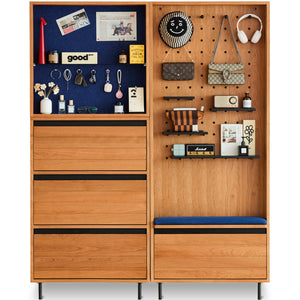
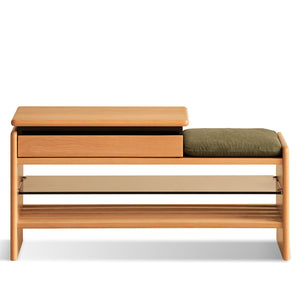
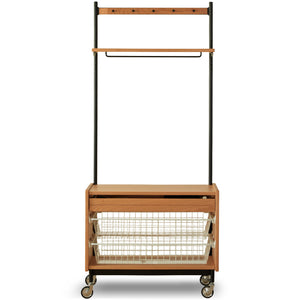
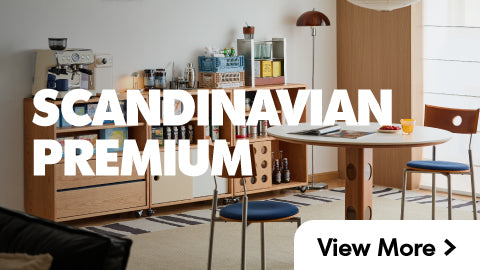





















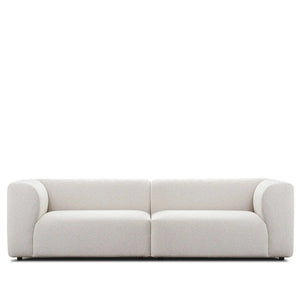




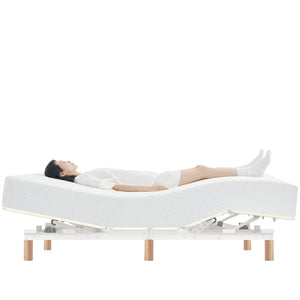
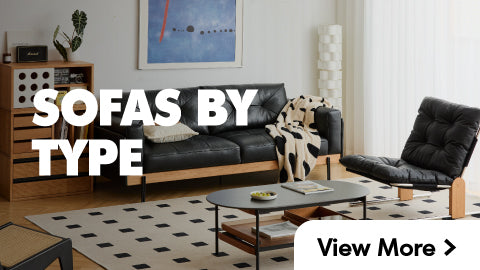
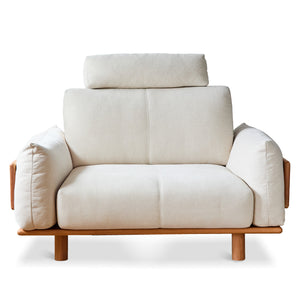

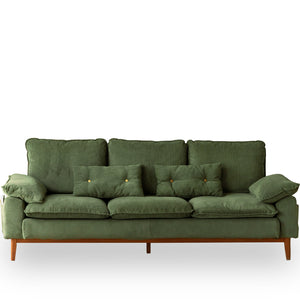
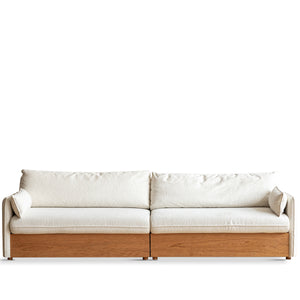
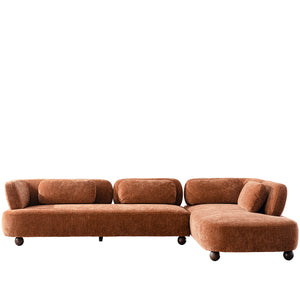
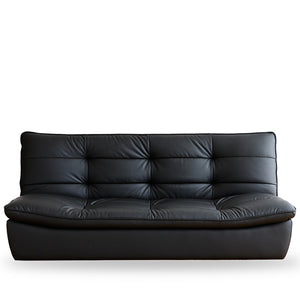
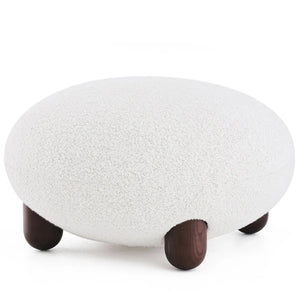
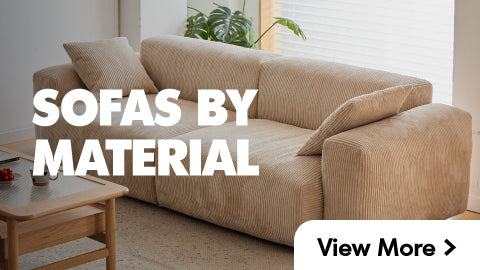
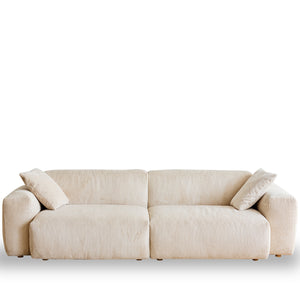
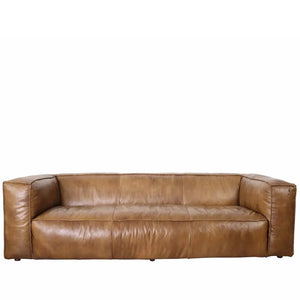
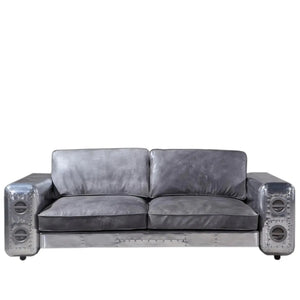
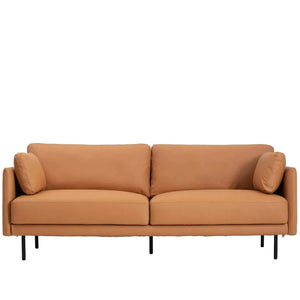
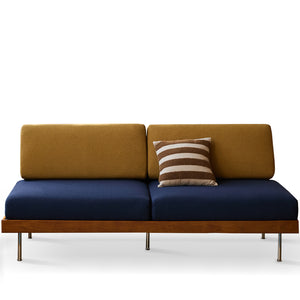
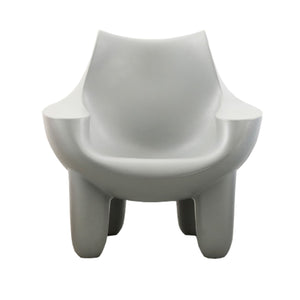


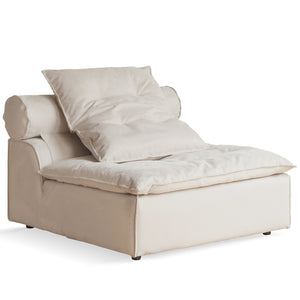

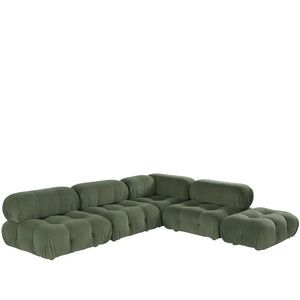
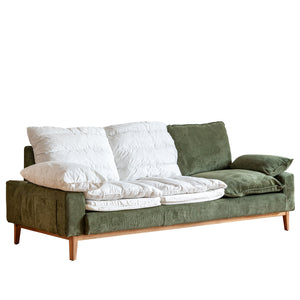
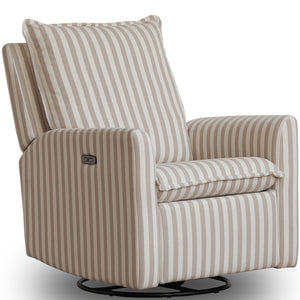

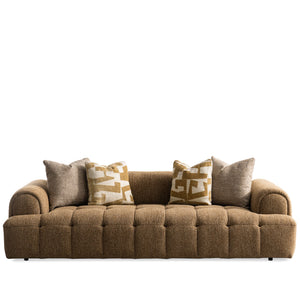

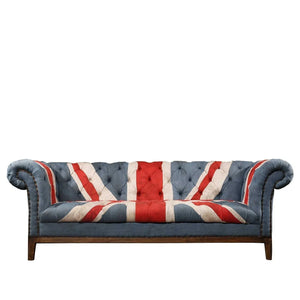
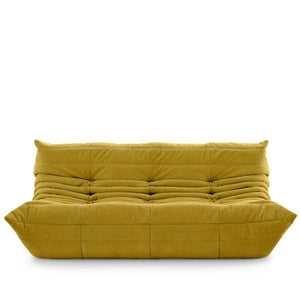
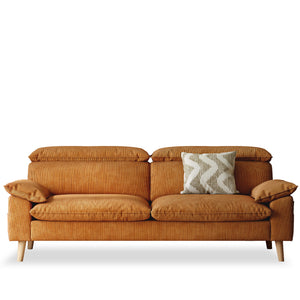
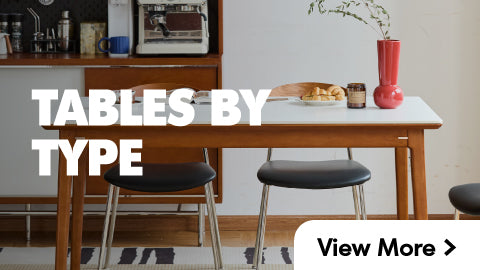
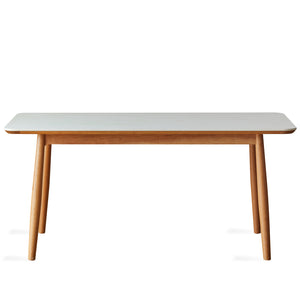
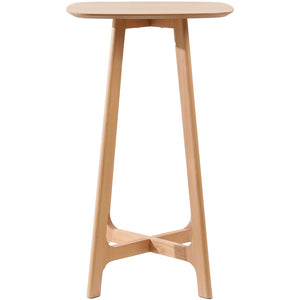
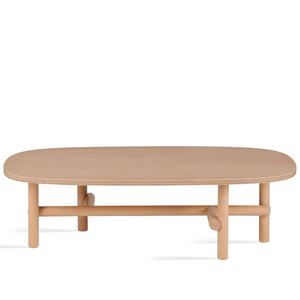
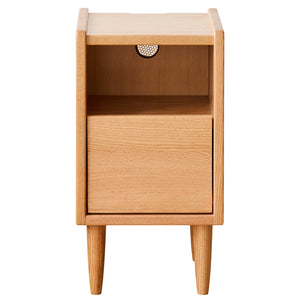
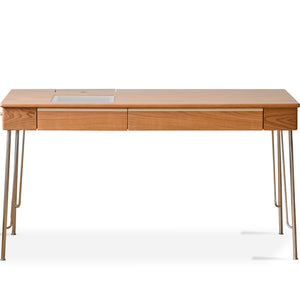
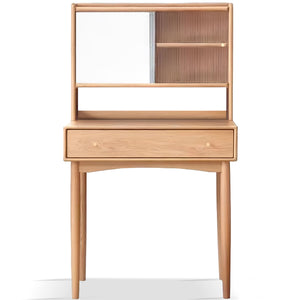

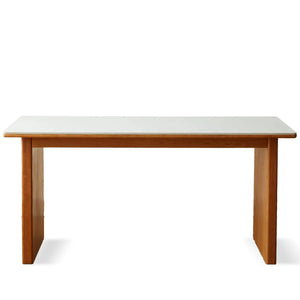
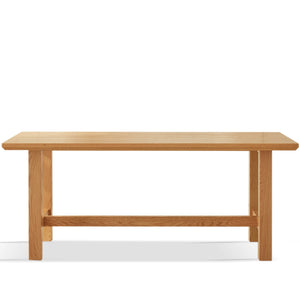
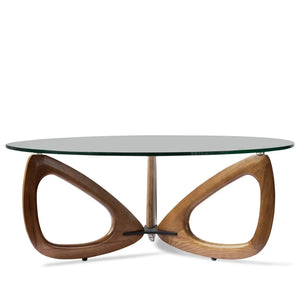
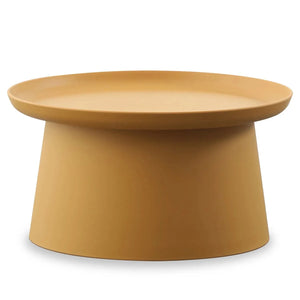

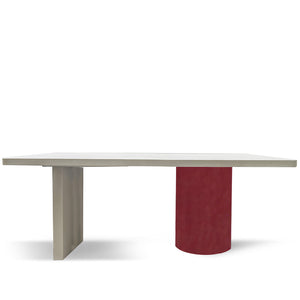

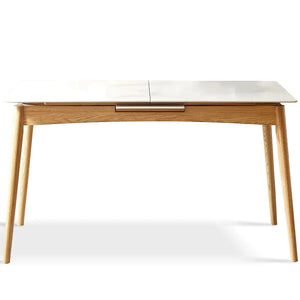
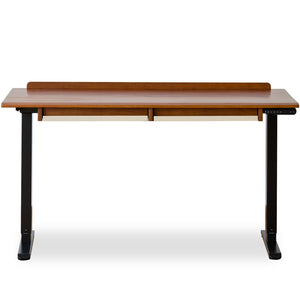
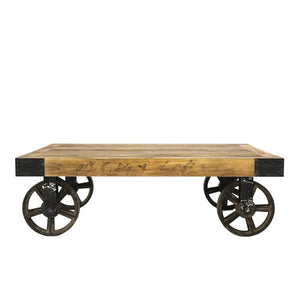

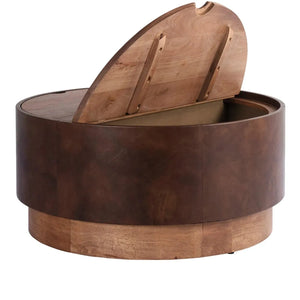
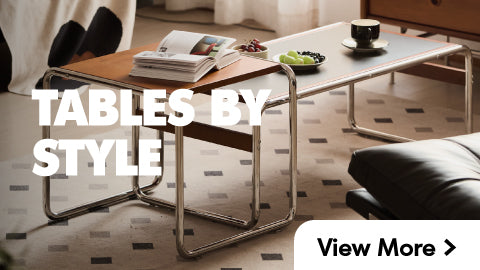
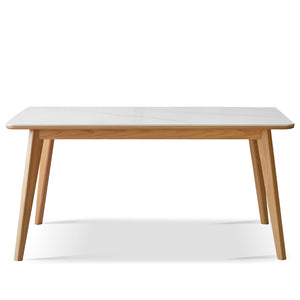

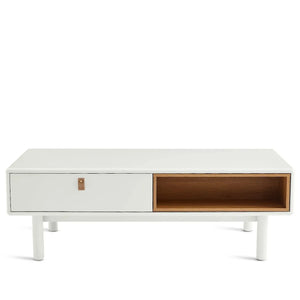
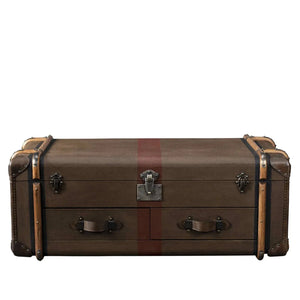
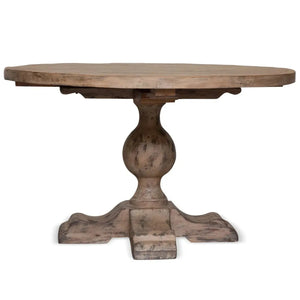
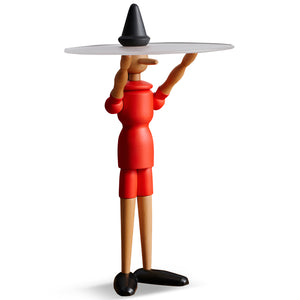

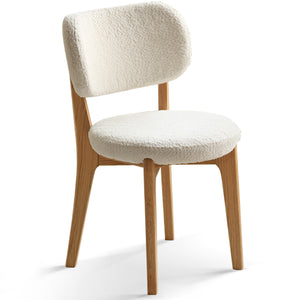
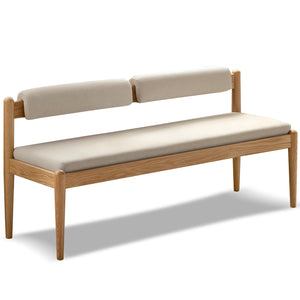
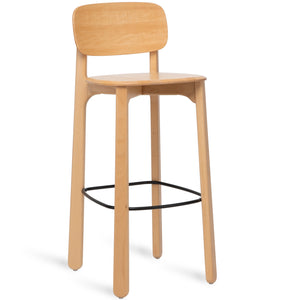
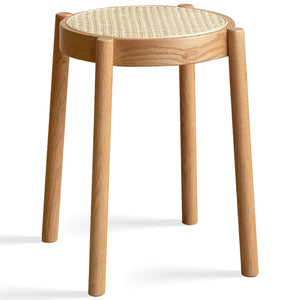
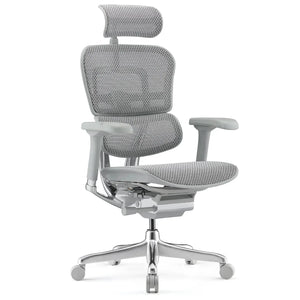
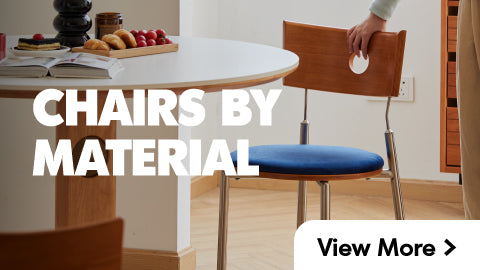
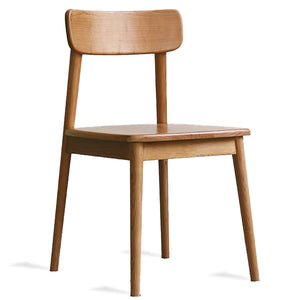
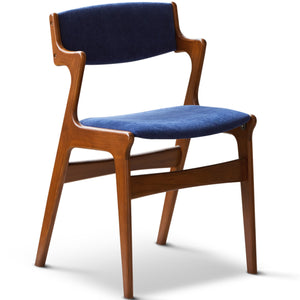
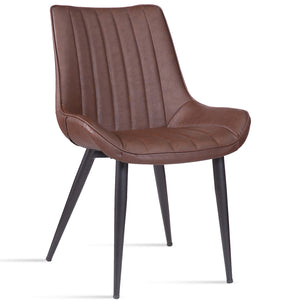
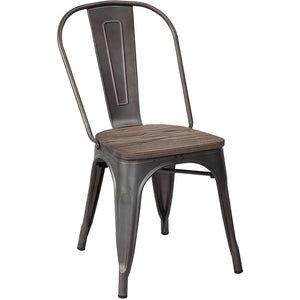
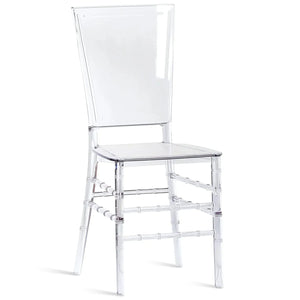
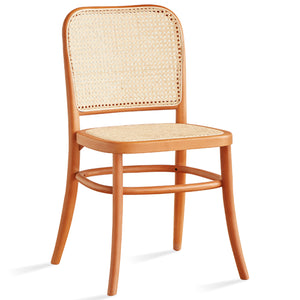

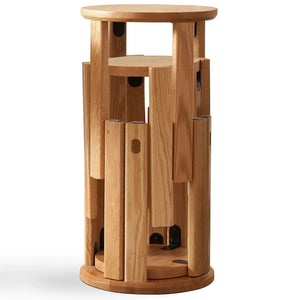

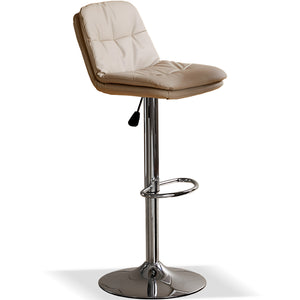
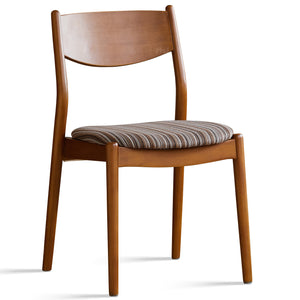
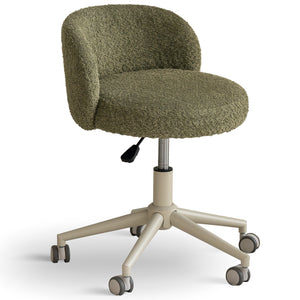
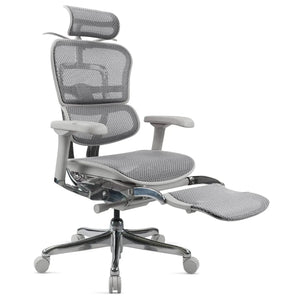

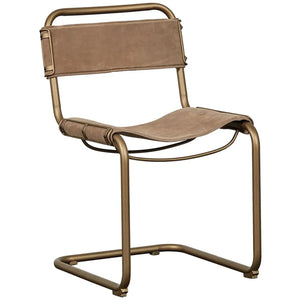
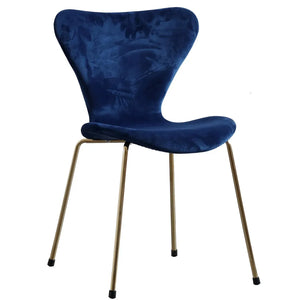
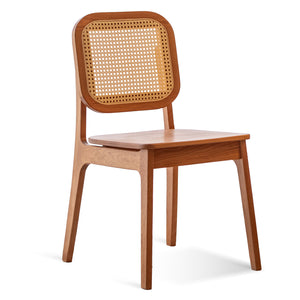
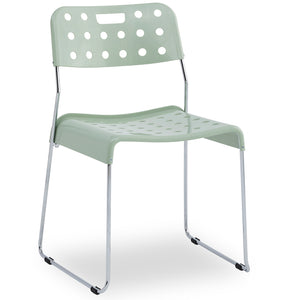
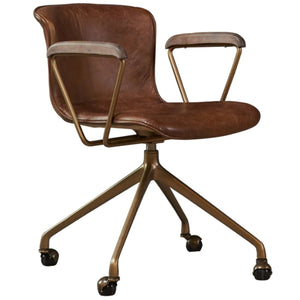


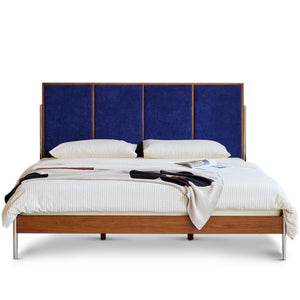

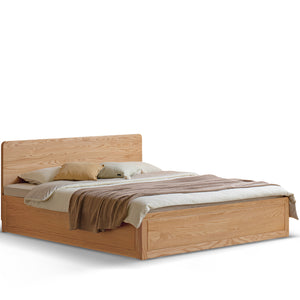
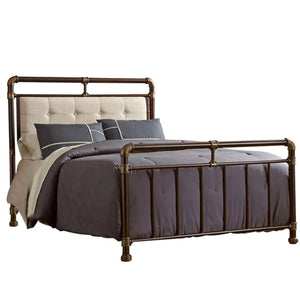
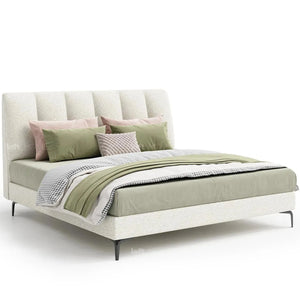
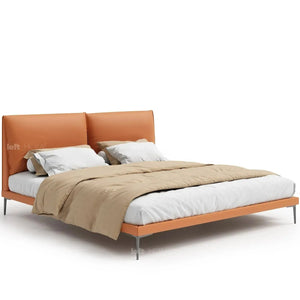
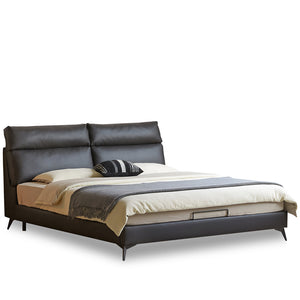
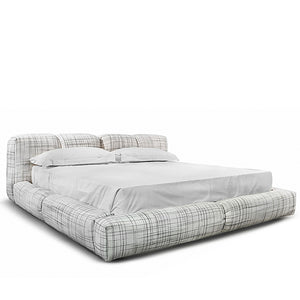

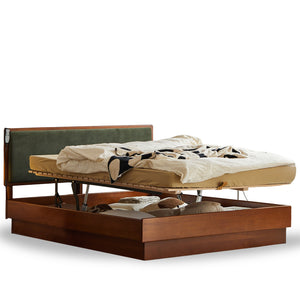


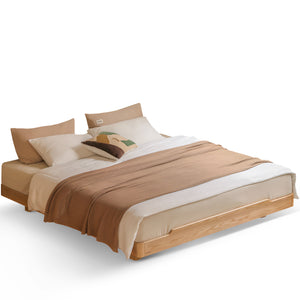
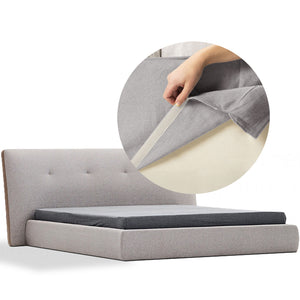
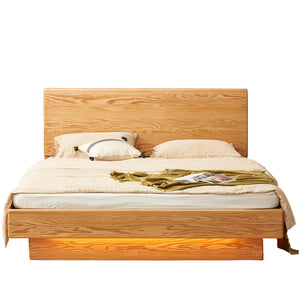

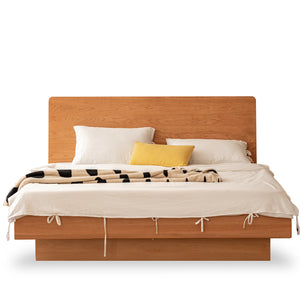
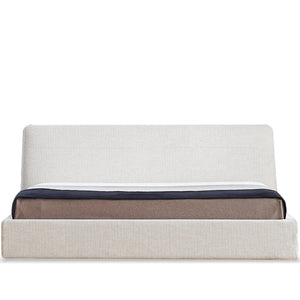
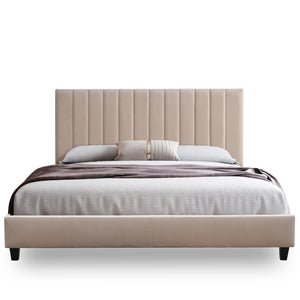
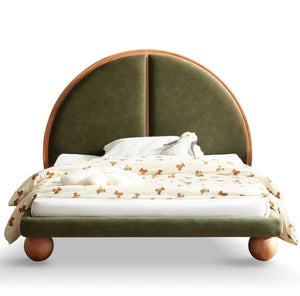
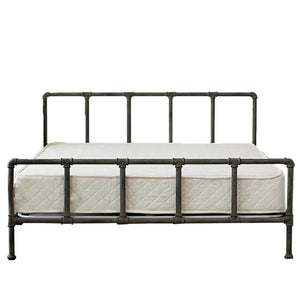

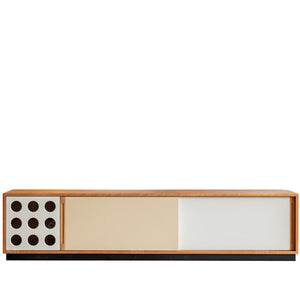

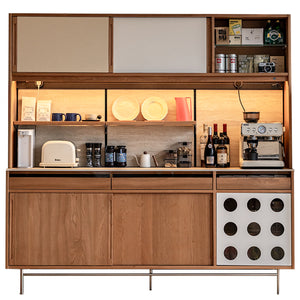
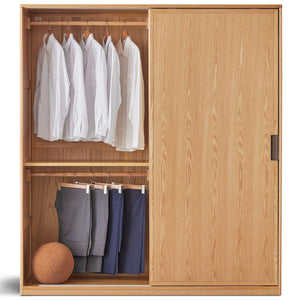
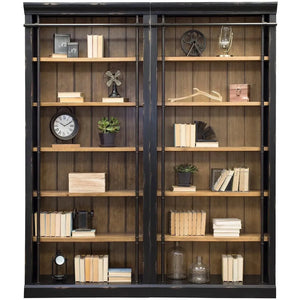
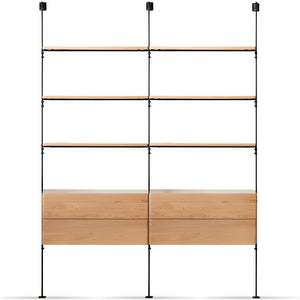
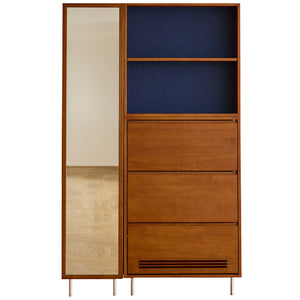
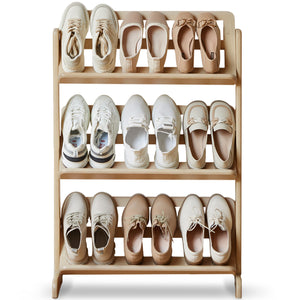
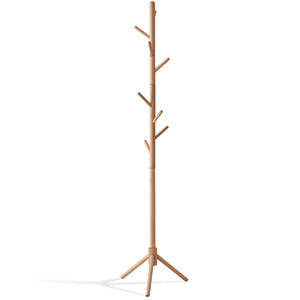

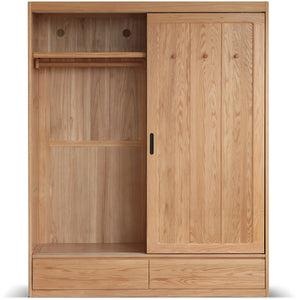
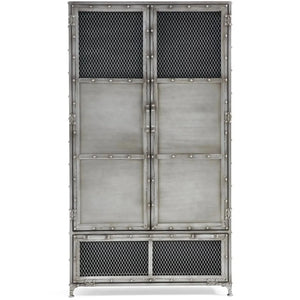
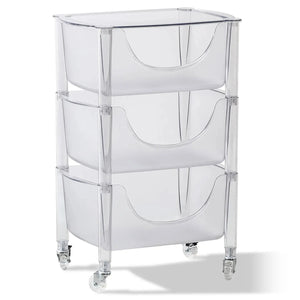
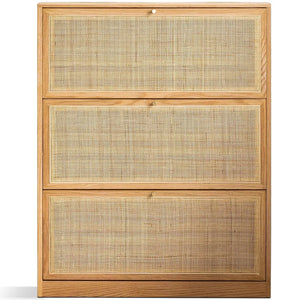
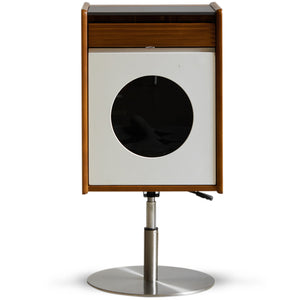
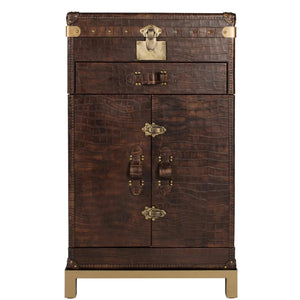

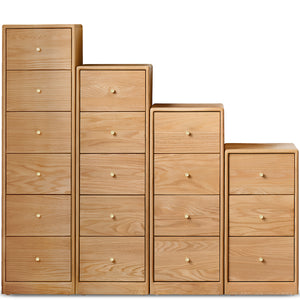
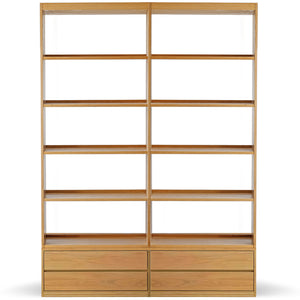
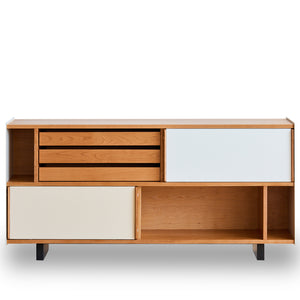
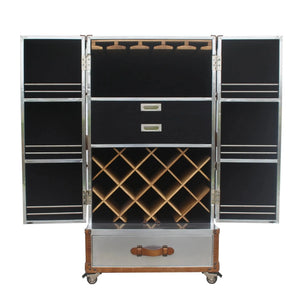



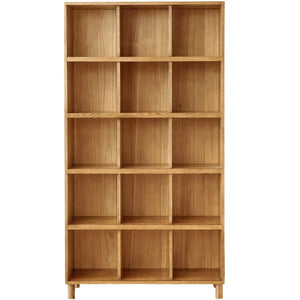

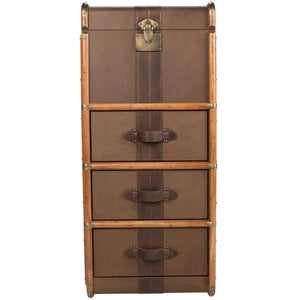
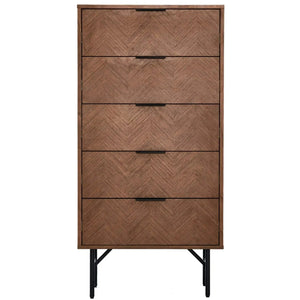
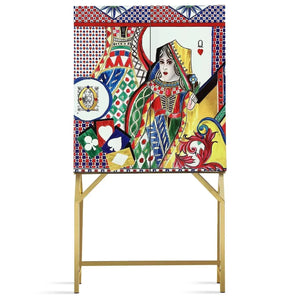
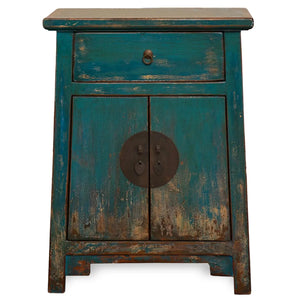


























































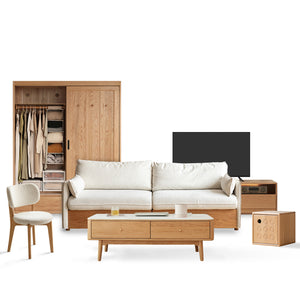
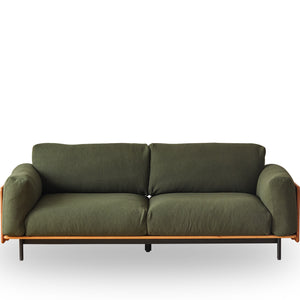
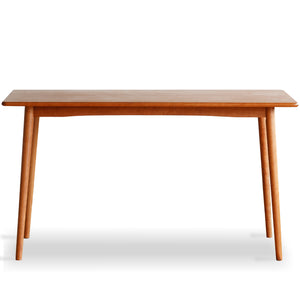
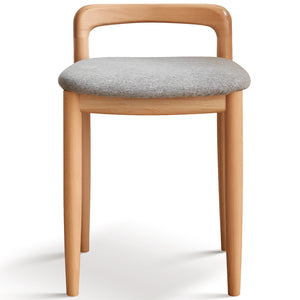
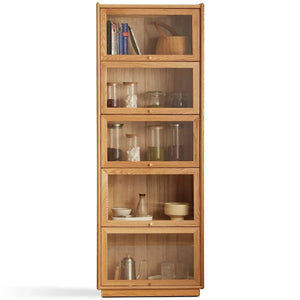



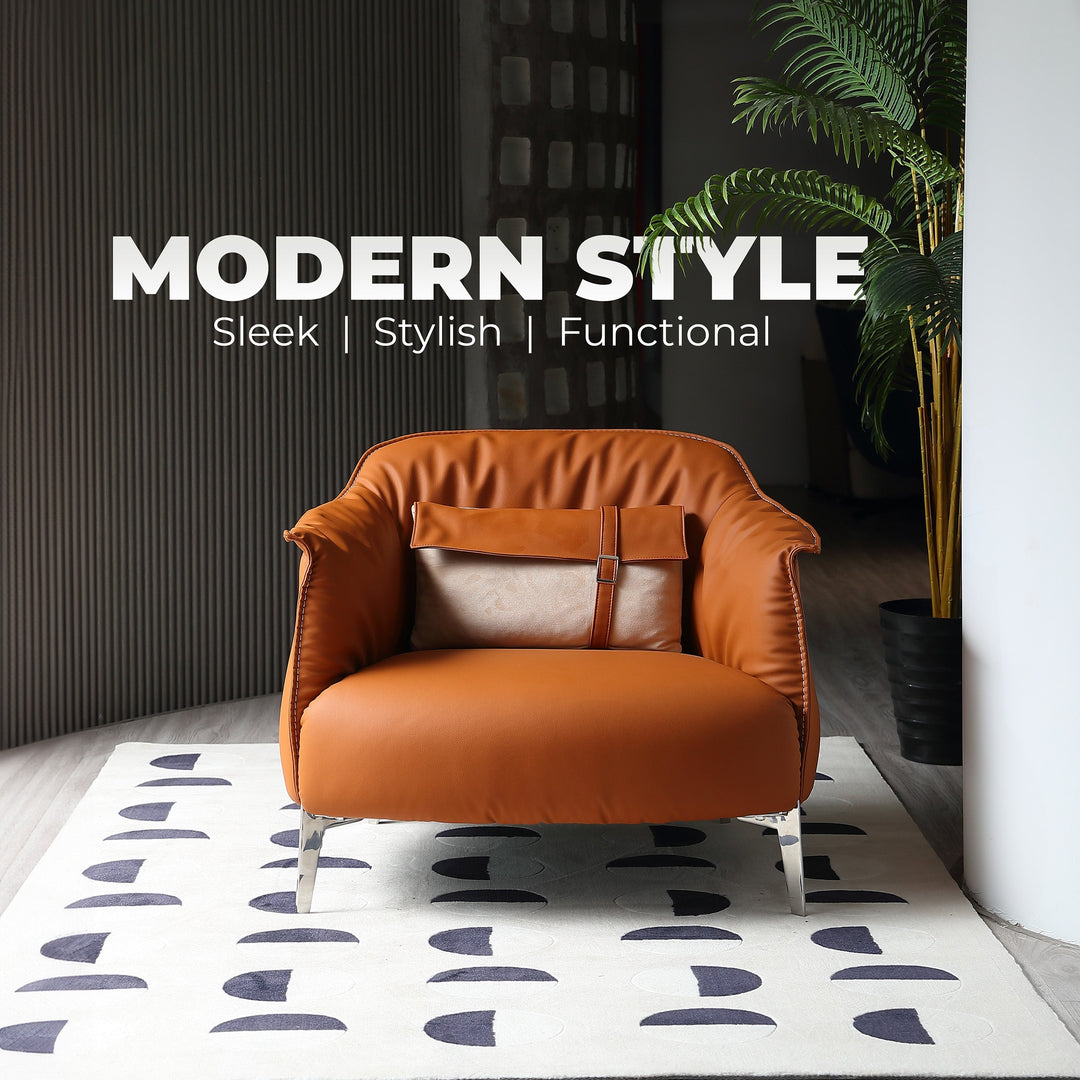
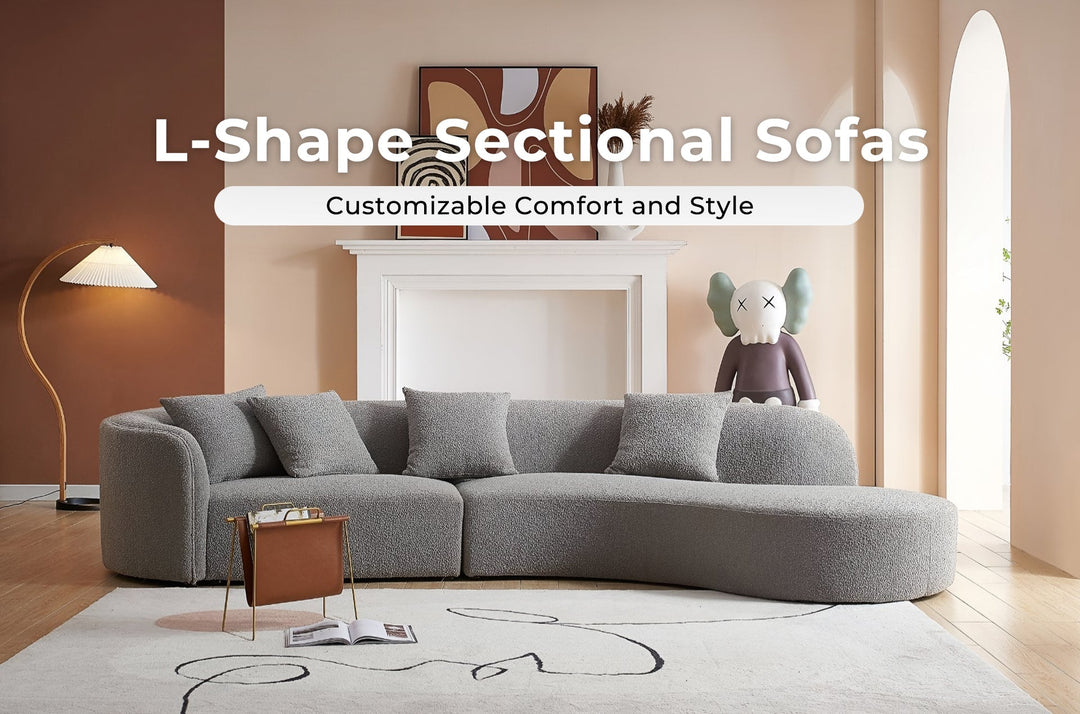

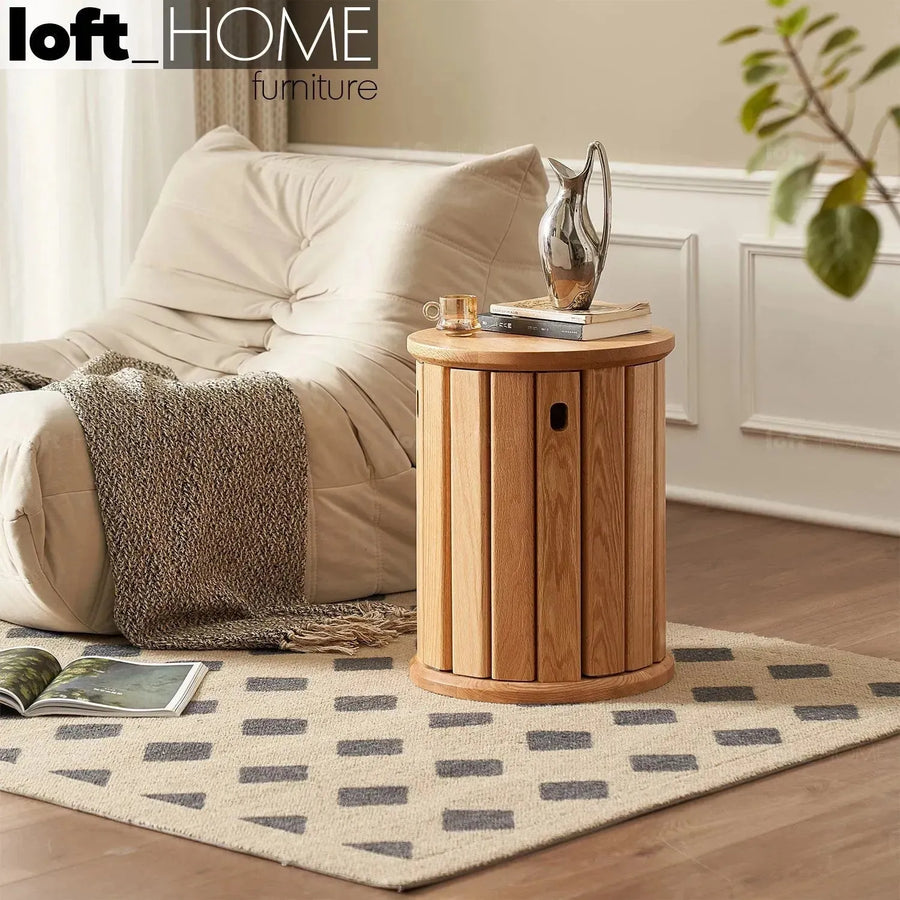
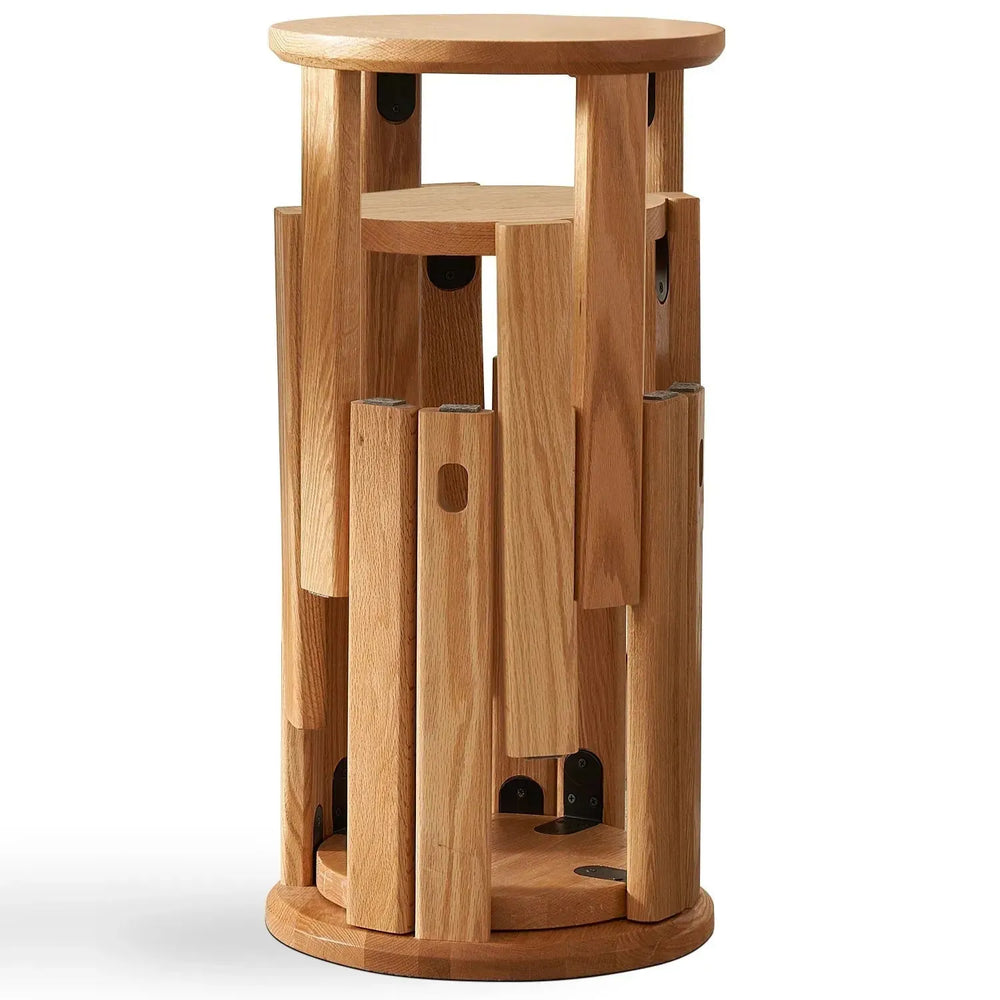



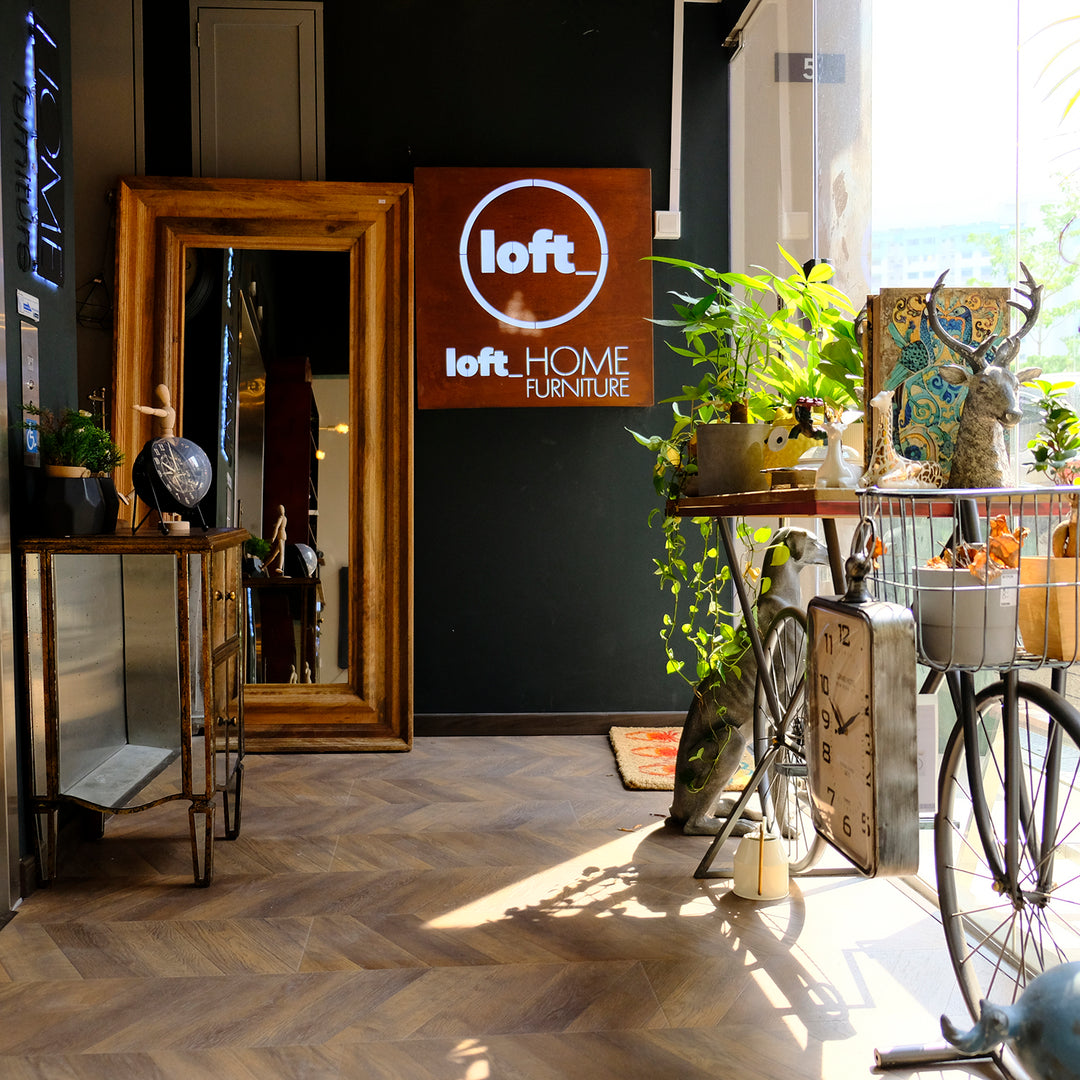
Leave a comment